
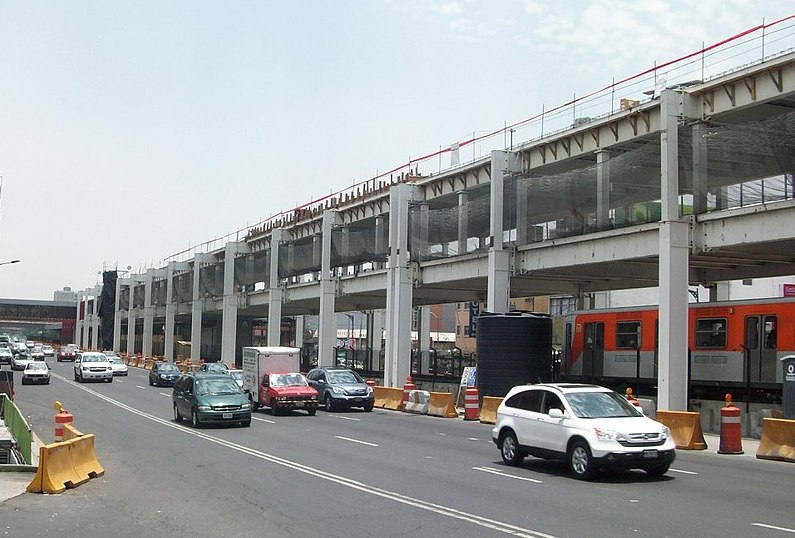
 Metro Ermita is the important transfer station between Metro Lines 2 and 12. South along the old Calzada de Tlalpan, it’s legendarily the site of a hermitage half-submerged in the lake. This was said to be at the crossroads where the causeway branched off to Mexicaltzingo. Indeed, that’s the next stop on the Line 12 train to the east.
Metro Ermita is the important transfer station between Metro Lines 2 and 12. South along the old Calzada de Tlalpan, it’s legendarily the site of a hermitage half-submerged in the lake. This was said to be at the crossroads where the causeway branched off to Mexicaltzingo. Indeed, that’s the next stop on the Line 12 train to the east.
According to the legend, groups of people from San Andres Tetepilco, San Juanico Nextipac, and Culhuacan would arrive in canoes to take care of the hermitage.
That eastbound road, later the Ermita-Iztapalapa causeway, dates from 1432. It is said to have been made from clay, stone, and wood. This causeway is also said to have doubled as a dam, separating brackish water to the north and east, and also as an aqueduct. It was later extended to Huitzilopochco (today Churubusco) and Coyoacán.
This hermitage had a number of names, and was likely dedicated to San Antonio. It’s also been called the All Souls Chapel (Capilla de las Ánimas) and the Zacahuitzco Chapel. Only the remains of the then-greatly diminished chapel were finally demolished when the Calzada de Tlalpan was expanded in the 1940s.
The station is generally not busy. In some years, it’s been the third least busy station in the entire system. But when you get to Metro Ermita, consider that lateral turn to Mexicaltzingo and the other stops on the east on Metro Line 12.
In a touch of irony, here, it’s the older station (Metro Ermita opened in 1970) that’s the surface station. It connects to the much newer Line 12 (2012) in the underground.
But if you continue on the surface to Metro Tasqueña in the south, you’re also making a historical journey. Perhaps that’s part of the joy of any surface level train; watching the years go by.
 unidad_de_orientacion@metro.cdmx.gob.mx
unidad_de_orientacion@metro.cdmx.gob.mx
 5627.4950/5627.4741
5627.4950/5627.4741
 https://www.metro.cdmx.gob.mx/
https://www.metro.cdmx.gob.mx/

Nearest at 0.26 kms.

Nearest at 0.49 kms.
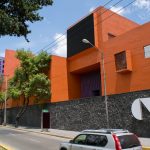
Nearest at 0.52 kms.

An all but forgotten island of the ancient Texcoco Lake . . .
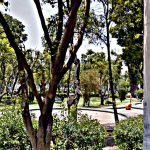
A charming neighborhood park in Tlalpan . . .
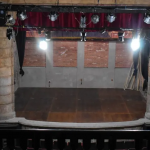
An exceptional mini-theater district in the heart of Churubusco . . .

A 24-hour flower market in a busy corner of Tlalpan's hospital district . . .
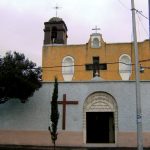
A tiny chapel recalls the long history of the Colonia Tránsito . . .